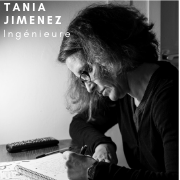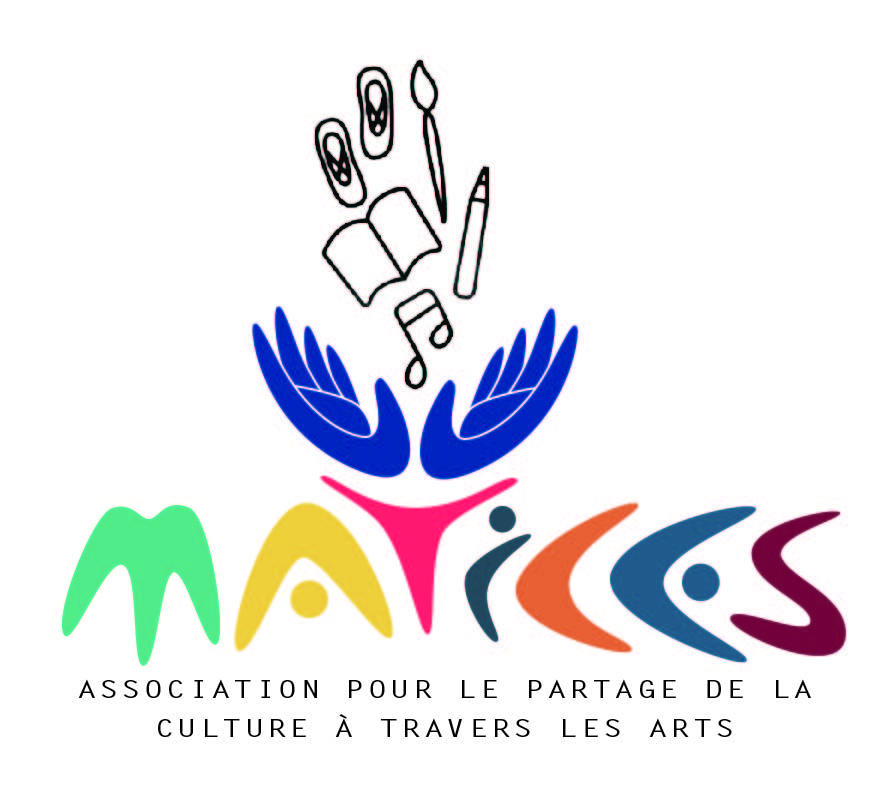Tania Jimenez, Computer Engineer at the LIA
Tania Jimenez, computer engineer at the Avignon Computer Laboratory

1- What is your research about?
Today I have diversified a bit, I work with a colleague from INRA on economic models for the sharing of natural resources, but also with colleagues from Avignon University (LIA and LBNC) on the analysis of political discourses and on the simulation of electric vehicular networks, with colleagues from LIA. I am also working on the simulation of city emergences with geographer colleagues from the AU. This is a far cry from what I did before, which was more focused on the simulation of telecommunications networks.
2- What is your scientific news? ?
In the context of scientific animation and promotion, I participate in the organisation of several events such as the Fête de la Science, scientific conferences, meetings with secondary school teachers, Partner's day, etc.
This year, the laboratory participated in the AI & Robotics meetings with the French Tech Culture. On May 17, we will participate in the "Yes, we code" meeting and feedback day for digital projects, which will take place at the Fruitière de Numérique in Lourmarin, with the participation of 8 colleges in the region.
For the Fête de la Science 2019, we are preparing a Music and Science Festival that should take place at the Théâtre des Halles in Avignon.
3- Why did you choose to work in academic research?
I wanted to have the freedom to choose which subject to develop my research on, even if today it is more complicated than before, because the calls are very vague and it takes a lot of time to find the funding. Nevertheless, it is at the University that we have the most room to choose what we want to do.
4- What advice would you give to students who want to do research? ?
I would say not to idealise the research environment too much, so as not to be too disappointed afterwards, and if possible, to test several research environments (Research Institutes, private companies with R&D, University Laboratories...)
In any case, doing an internship in one of these structures before diving into a thesis...
5- Which object or image from your research best illustrates you?

Mis à jour le 26 March 2023